8 Plants To Prune In January: Brave The Cold For A Better Garden
Discover which plants to prune in the dead of winter to help your garden shape up for a glorious spring and summer.


If you’re a gardener anxiously anticipating spring, why not brave the cold and do some gardening now? Believe it or not, the dead of winter is a good time to prune some of the plants in your garden.
Regular pruning keeps plants healthy and allows you to maintain attractive shapes and reasonable sizes. It might be cold out, but if you’re prepared to face it, your garden will thank you for pruning these plants now.
The Benefits of Pruning in Winter
Your trees and shrubs are now dormant. Most have lost their leaves, making it easy to see the structure and decide where to make cuts. The ground is likely frozen where you live, so it’s easier to reach tricky spots to make the right cuts.
By pruning trees and shrubs now, you can improve the overall form and control how they shape up and grow come spring. You can easily see branches right now that are dead, dying, or damaged. Fresh wounds on shrubs and trees are less likely to get infected in January, so pruning now is safer for the plants.
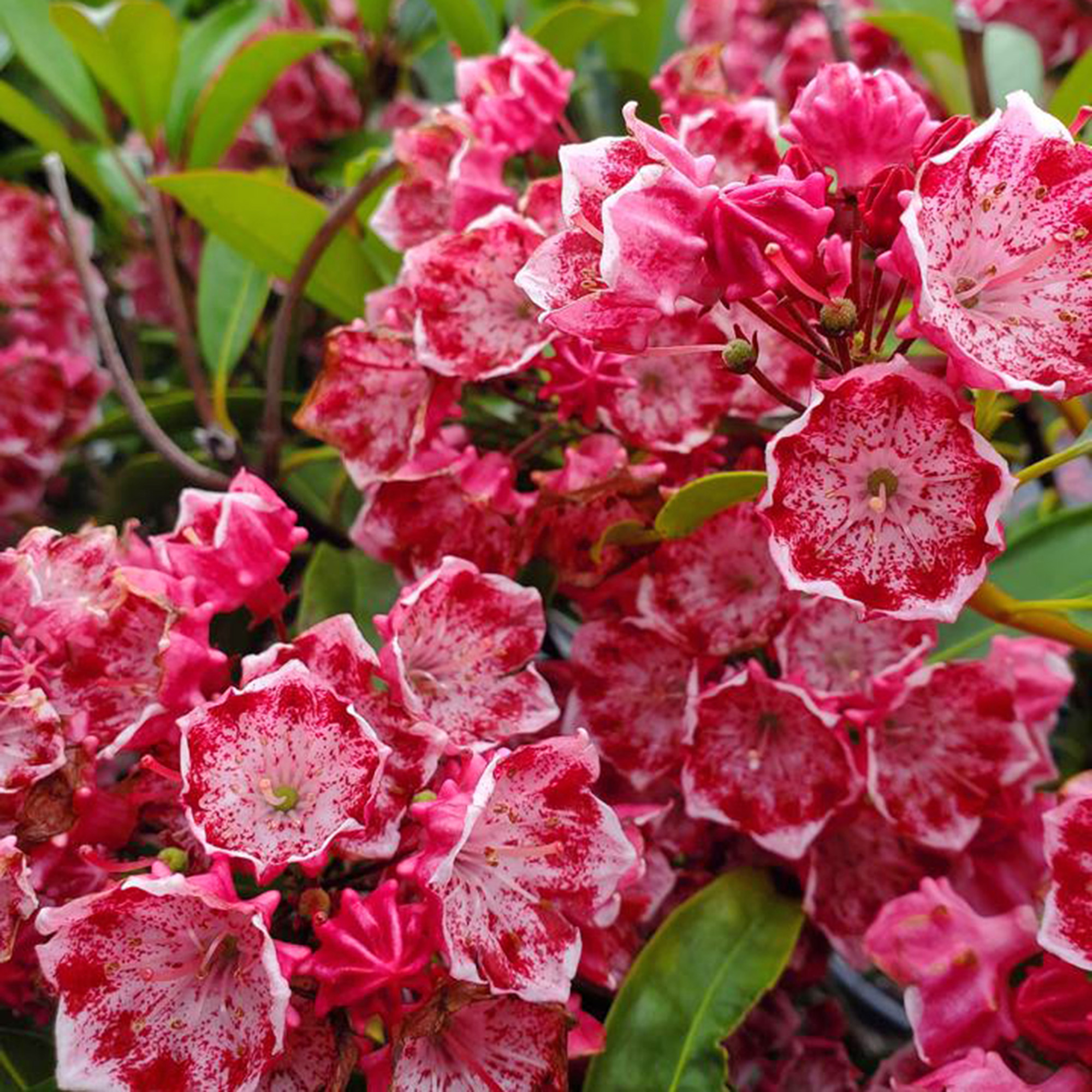
Browse trees and shrubs that will fill the perfect spot in your garden with vitality, beauty and texture. All from trusted brands in the Gardening Know How Shop.
What to Prune in January
January is an ideal time to prune many plants, and these are just a few examples to get you started. What you shouldn’t prune right now are shrubs that bloom in spring. These should be pruned right after flowering.
1. Summer-Blooming Spirea
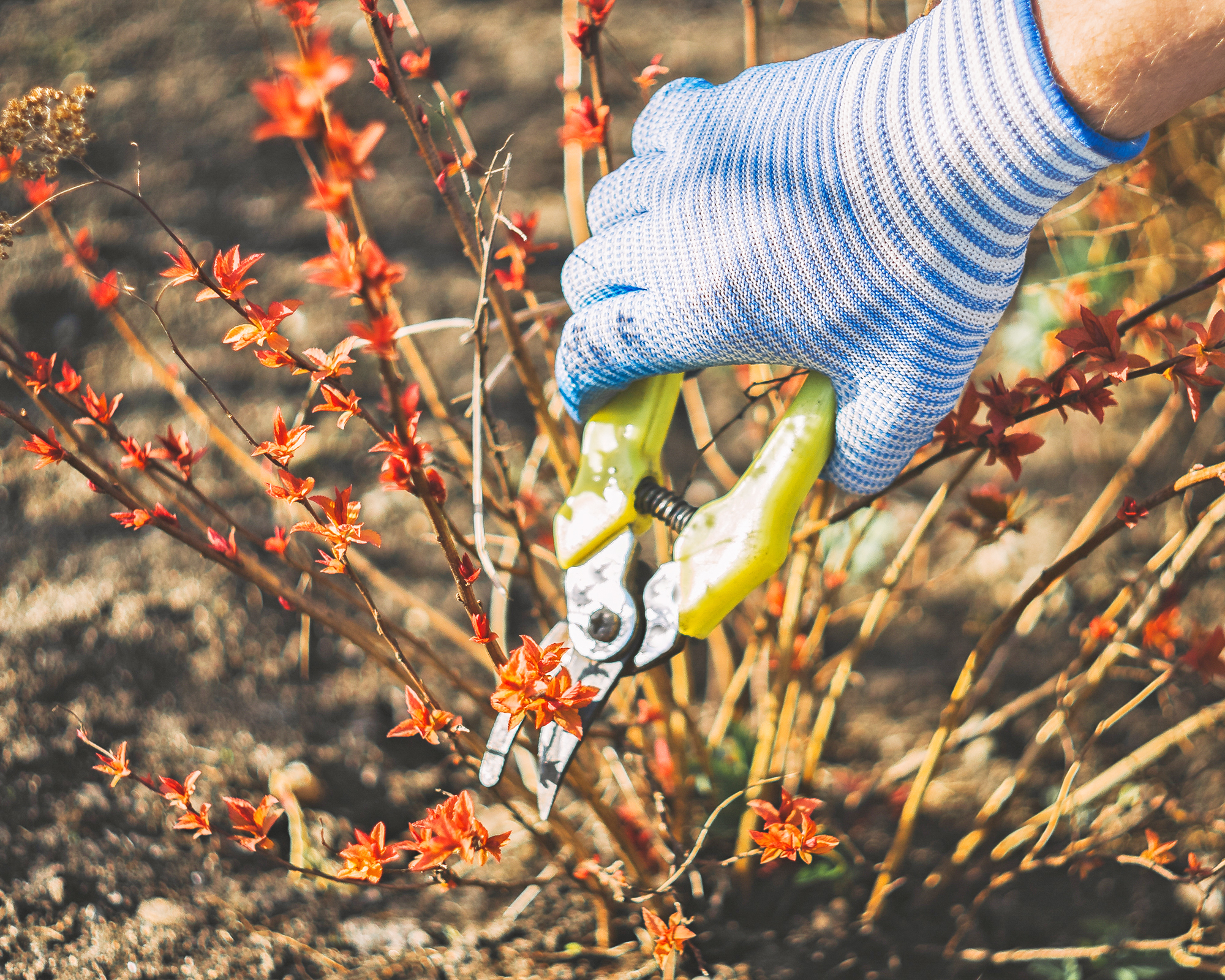
Spirea is a popular landscaping shrub that comes in a variety of types and sizes. If you have types that bloom in summer, January is a great time for pruning spirea.
Cut back older, woody stems to make room for new growth. Selectively prune to give the shrub the shape you want. Remove about one-third of the older growth.
Gardening tips, videos, info and more delivered right to your inbox!
Sign up for the Gardening Know How newsletter today and receive a free copy of our e-book "How to Grow Delicious Tomatoes".
2. Roses
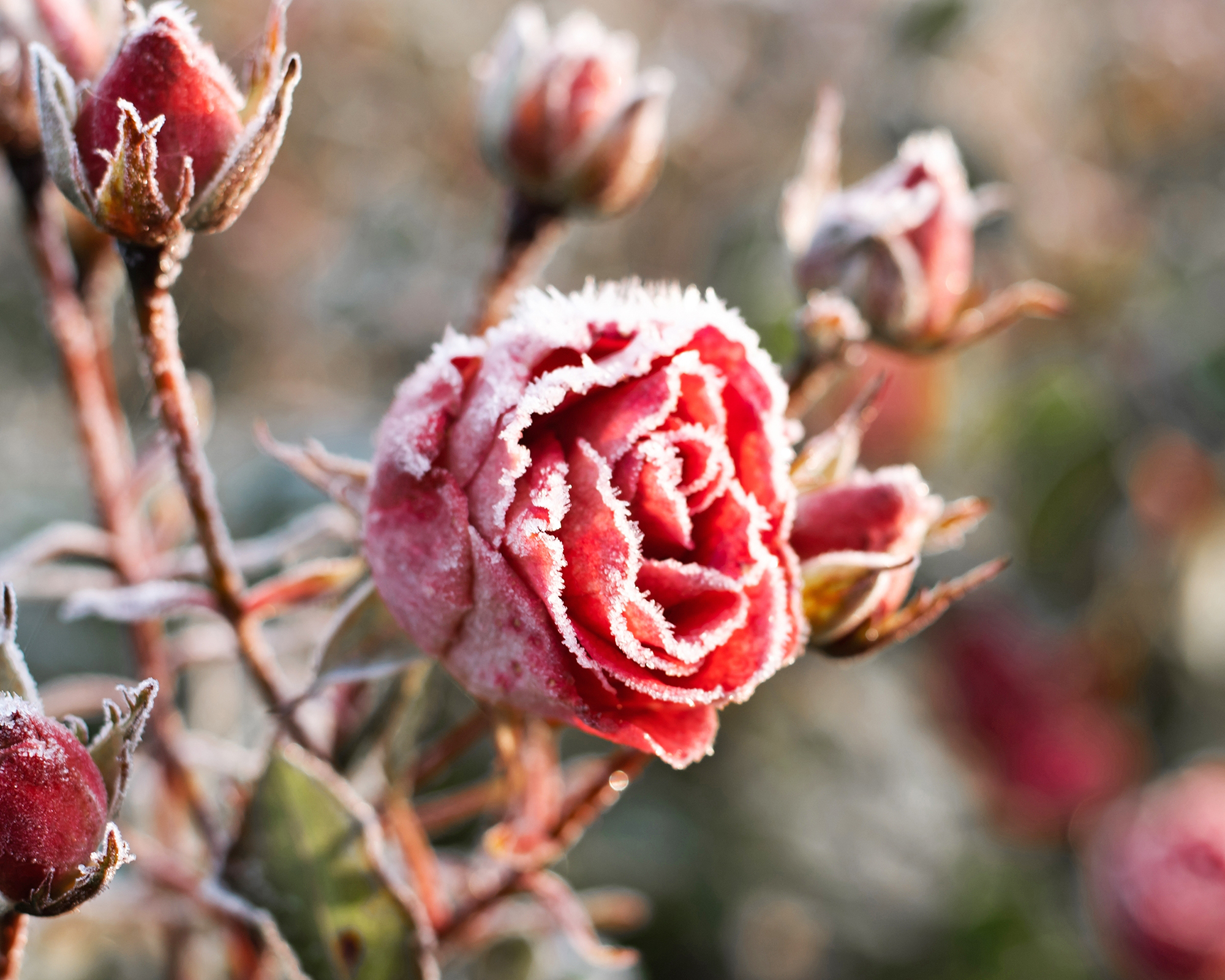
Unless you have very cold winters, January is the start of rose pruning season. If you need to wait a little longer because your region is expecting very low temperatures, be sure to prune before very much new growth appears.
Remove any dead, broken, or damaged canes and branches. Remove crossed branches and any that rub against each other. If you still need to remove more to shape the shrub, focus on trimming off weaker or older, woodier growth. You can also remove any rose suckers.
3. Panicle and Smooth Hydrangeas
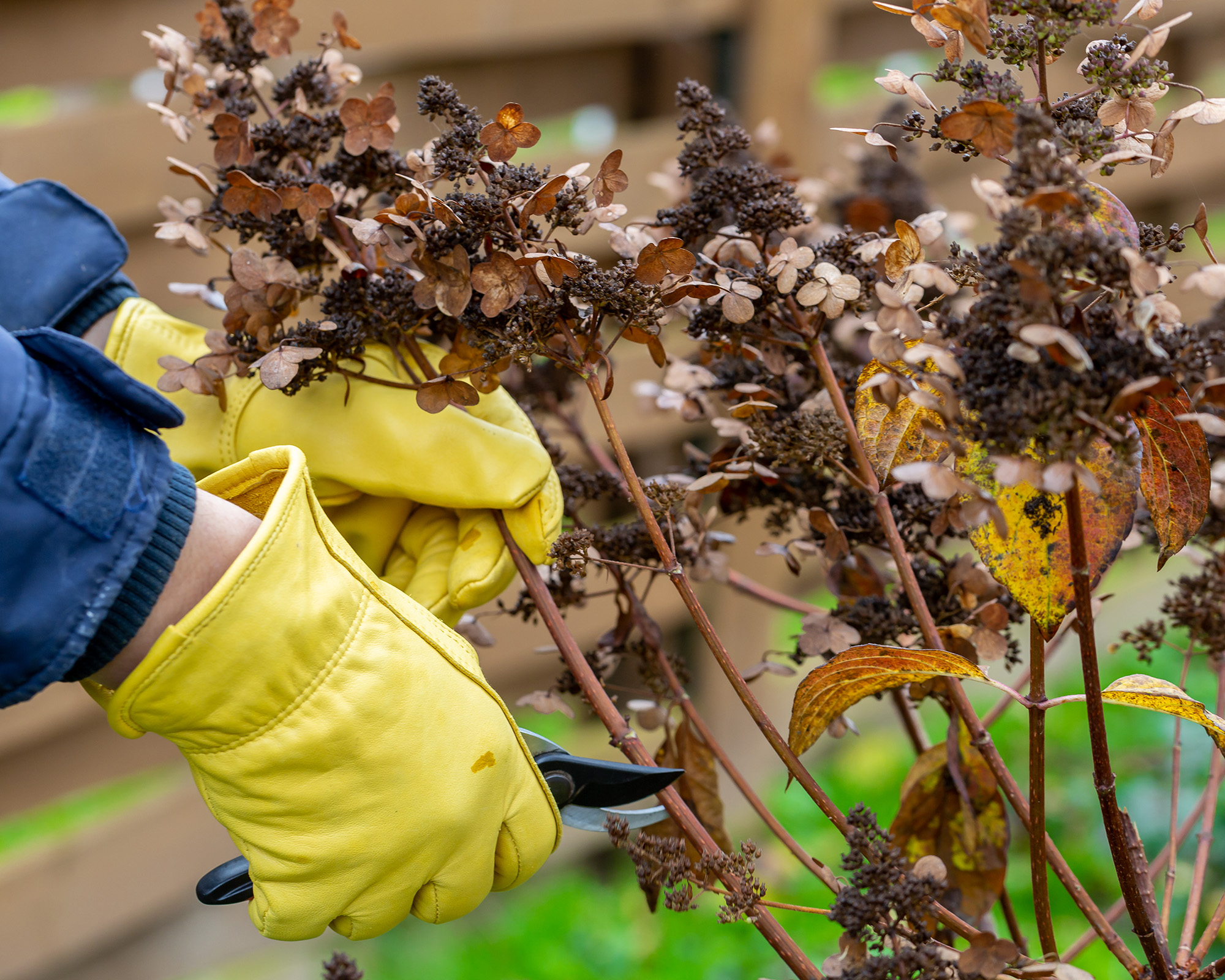
These types of hydrangeas are best pruned in winter or very early spring, but certainly before new growth emerges. They fare well with an aggressive pruning every year.
When pruning hydrangeas, remove one-third to one-half of the growth to reinvigorate a shrub and promote new spring growth.
4. Wisteria
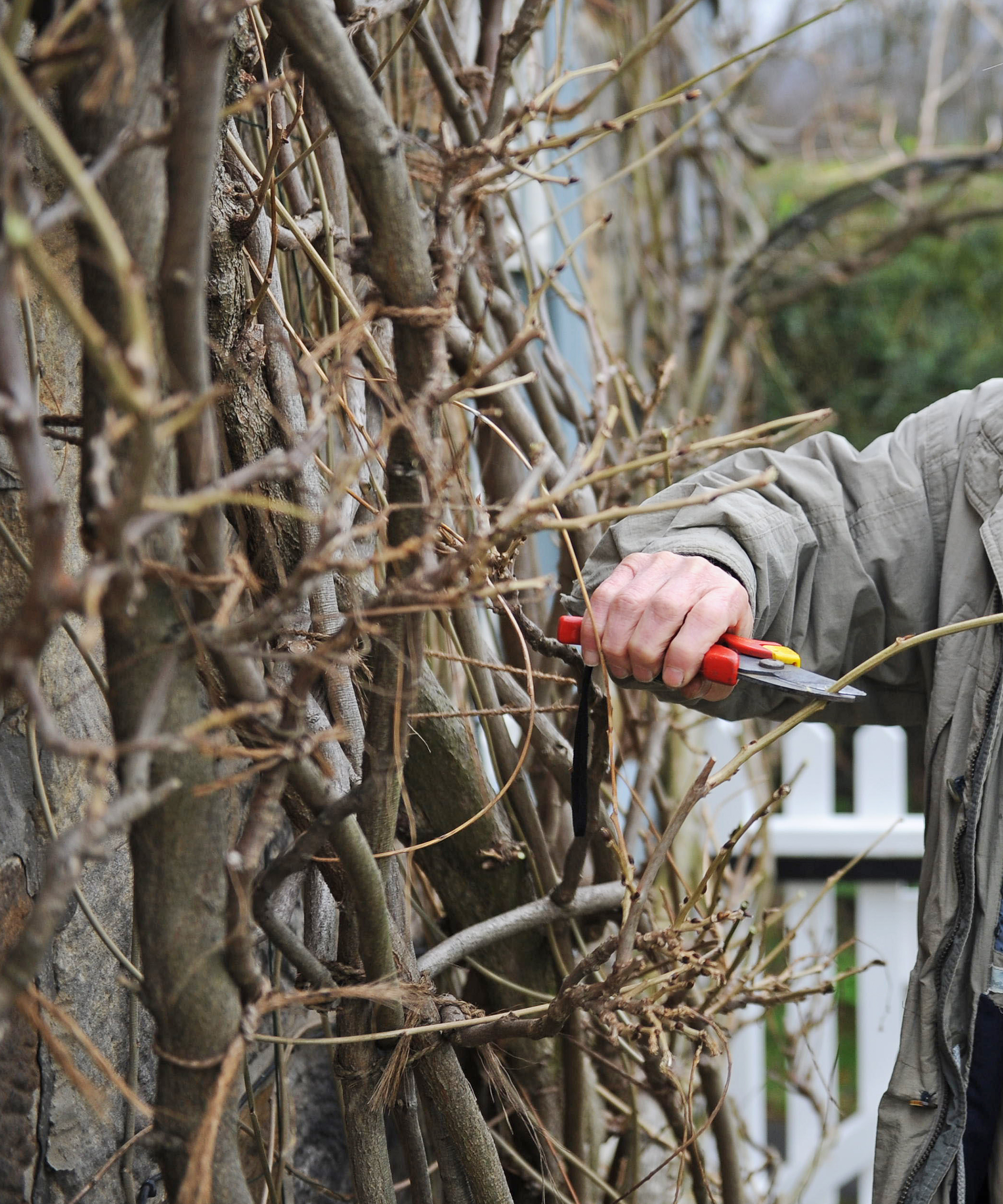
Many woody vines can also be pruned in winter, like wisteria. The vine has a tendency to grow out of control, so it actually benefits from pruning twice a year, once after flowering and again in winter.
In January, you can prune wisteria by cutting lateral branches emerging from the main trunk. Cut them down to just three to five buds to promote the growth of more flowers. This is also a good time to remove any branches that are crowded or simply growing where you don’t want them.
5. Fall-Fruiting Berries
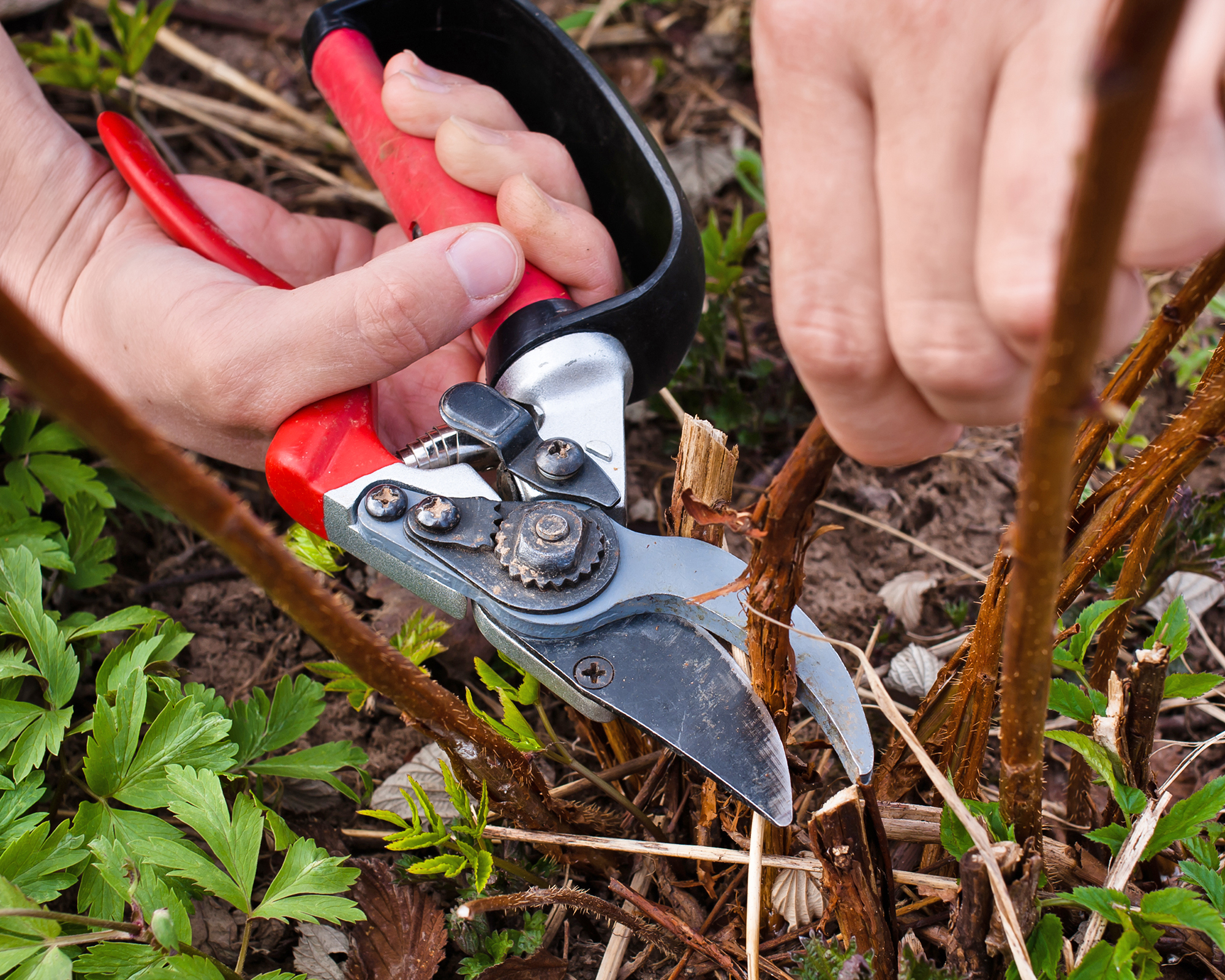
Dormant pruning is a must for raspberry, blackberry, and currant bushes that fruit in fall. Cut old canes right down to the ground. This will make room for new spring growth. Trim any lateral branches so they are no longer than 12 to 15 inches (30 to 38 cm) to promote larger berry growth later.
6. Arborvitae
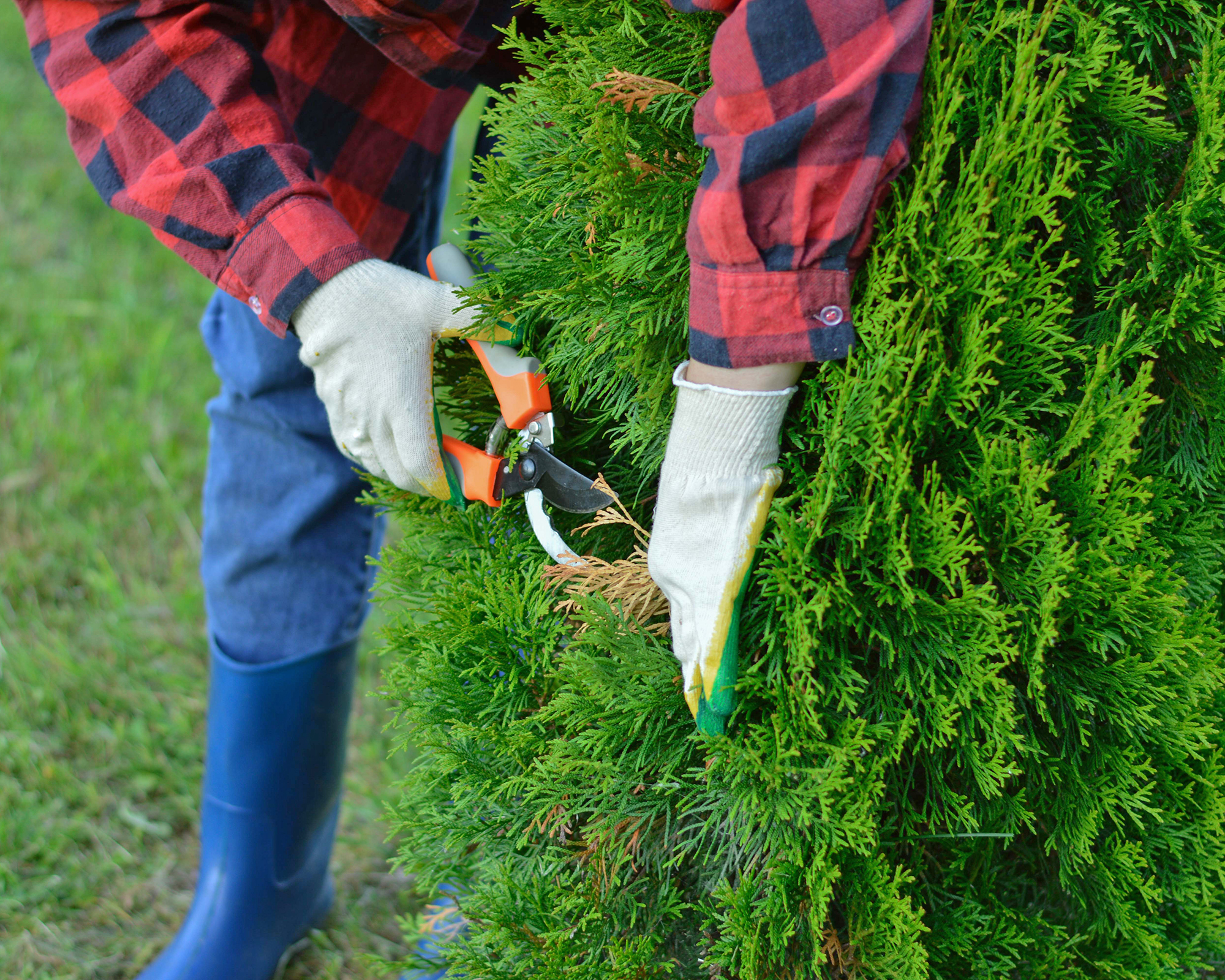
Some evergreens, like pines and firs, rarely, if ever, need pruning. One evergreen that can benefit from a dormant trim is arborvitae. The shrubs or trees are desirable for their fast growth and ability to act as a privacy screen. These benefits also mean they need regular trimming for shape and size.
Winter is generally a good time to trim arborvitae, but wait until it is at least two years old and wait a little later in the season if you’re expecting very cold weather. Trim the plants lightly just to maintain size and shape. They don’t do well with hard pruning.
7. Rose of Sharon
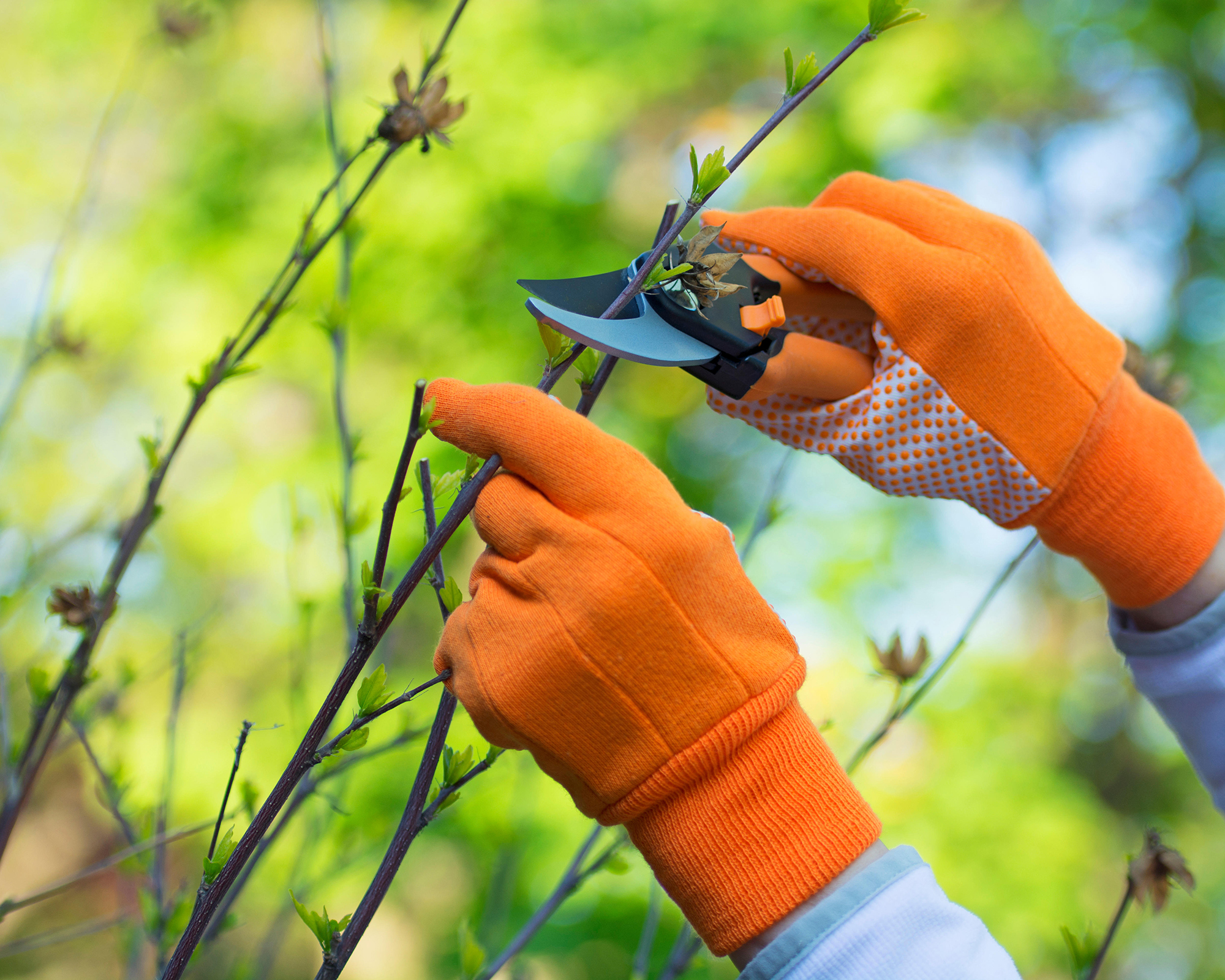
Pruning rose of Sharon is best done when the shrub is dormant and when you can clearly see its branches and overall shape. The summer-blooming flowers come from spring buds, so don’t wait too long to prune, or you’ll remove them. Trim out dead, damaged, or diseased branches.
When pruning for size and shape, the approach impacts flowering. If you want fewer, bigger flowers on your rose of Sharon, trim off about one-third of the length of stems. For more but smaller flowers, prune more lightly, taking off only a couple of inches. In general, don’t remove more than one-third of growth.
8. Crepe Myrtle

January is the perfect time for pruning crepe myrtle, a large shrub or small tree that flowers in summer and fall. Unfortunately, this is a plant that is too often pruned incorrectly. Many people cut them way back, indiscriminately taking out entire branches. The best way to prune crepe myrtle is to be more selective.
Thin the shrub or tree by removing crowded, crossed, dead, or damaged branches. Also, remove suckers. If you are training it as a tree, remove lower lateral branches from the main trunk. Finally, trim back branches in the upper canopy that are growing in toward the center.
January pruning is one way to get an early start to the gardening season. Use this time to be thoughtful and selective about how you thin, shape, and maintain your plants for good results come spring.
More Winter Gardening Inspiration
- Grow a dream garden this year with 8 flower seeds to start in January – and start dreaming of summer.
- Make a resolution to grow your own delicious organic crops with the 7 best vegetables to plant in January.
- Discover 5 easy winter composting shortcuts to help you fill garden beds and pots for free before spring arrives.
- Shop stunning winter plants in the Gardening Know How Shop that offer beauty and interest in multiple seasons.

Mary Ellen Ellis has been gardening for over 20 years. With degrees in Chemistry and Biology, Mary Ellen's specialties are flowers, native plants, and herbs.
-
 Get Ready For A Summer Of Hummers! Grow These Full Sun Hummingbird Plants and Flowers
Get Ready For A Summer Of Hummers! Grow These Full Sun Hummingbird Plants and FlowersIf you’re lucky enough to enjoy a sunny backyard, make sure you are maxing out on your pollinator opportunities and grow these full sun hummingbird plants and flowers
By Tonya Barnett
-
 12 Lush Alternatives To A Lawn For Sustainable Spaces
12 Lush Alternatives To A Lawn For Sustainable SpacesAlternatives to a lawn are beautiful and also beneficial to your local ecosystem and its pollinators. Explore our top picks for plants to replace grass.
By Tonya Barnett